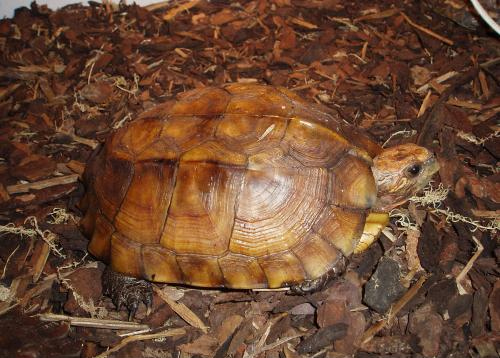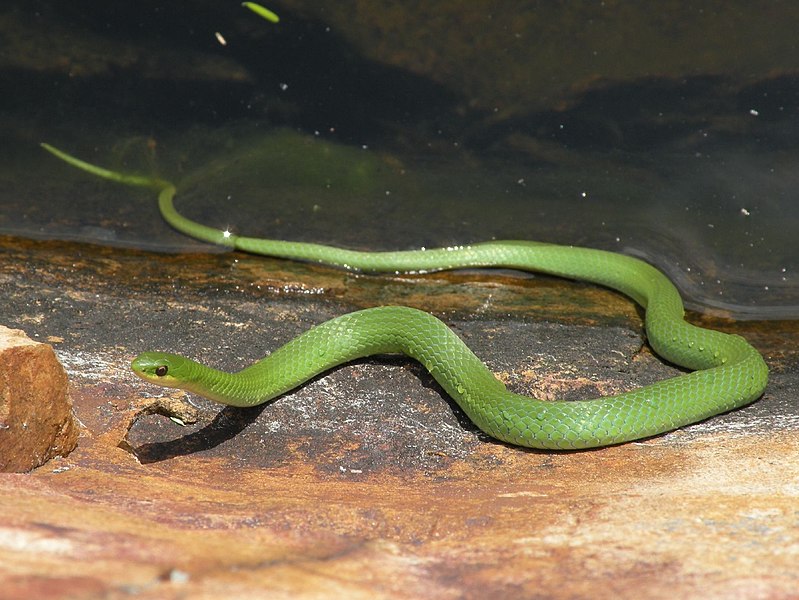We are quite fortunate that so attractive and interesting a lizard as the Green Basilisk (Basiliscus plumifrons) also breeds well in captivity. Two related species, the American or Brown Basilisk (B. basiliscus) and the Banded Basilisk (B. vittatus) may also be bred as described below. The fourth species in the genus, the Western Basilisk (B. galeritus) is not often kept or bred.
Enthusiastic Breeders
 Green Basilisks make things easy for their owners – unlike many reptiles, they seem not to need changing temperatures, rain or other environmental stimulation in order to come into breeding condition. Although reproduction is influenced by seasonal changes in the wild, well-nourished captives may breed year-round. In fact, it is important to monitor females carefully, as they may become egg-bound if unable to find a proper nesting site. Read More »
Green Basilisks make things easy for their owners – unlike many reptiles, they seem not to need changing temperatures, rain or other environmental stimulation in order to come into breeding condition. Although reproduction is influenced by seasonal changes in the wild, well-nourished captives may breed year-round. In fact, it is important to monitor females carefully, as they may become egg-bound if unable to find a proper nesting site. Read More »
 That Reptile Blog – Reptile, Amphibian and Exotic Pet Care and Information
That Reptile Blog – Reptile, Amphibian and Exotic Pet Care and Information




